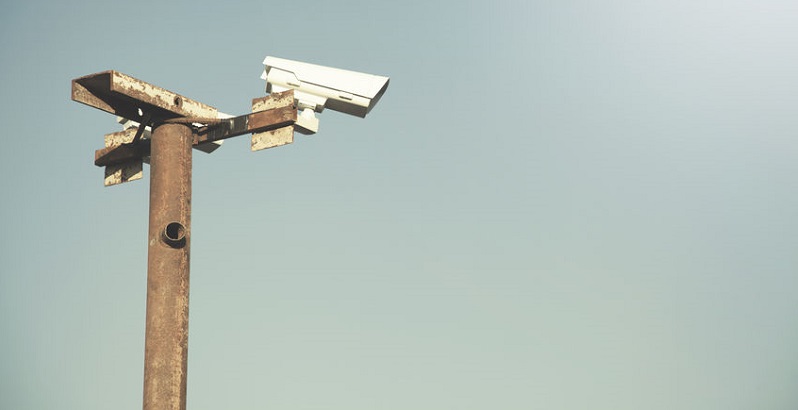Only 142 communities in 14 states, including Colorado, and Washington, D.C., use automatic cameras to catch speeders and red-light runners.
Federal Agency Pushes For Enforcement Cameras
It’s common logic: It’s OK to go 5 or 10 mph faster than the speed limit; that’s the real limit if you want to avoid a speeding ticket. The real-life consequences of smashing the pedal, though, should be enough to change your mind. Speeding does kill.
U.S. government statistics show that speeding was a factor in accidents that killed more than 112,500 people from 2005 to 2014. That’s about 37.5 times as many as the 2,996 people killed in the combined 9/11 terrorist attacks on New York and Washington D.C.
It’s no wonder, then, that the National Transportation Safety Board is calling speeding a “national safety issue” and urging federal and state agencies across the country to find ways to reduce it. The Insurance Institute for Highway Safety highlighted the safety board’s findings in a recent status update.
Speed, it says, raises crash risks by increasing the likelihood that you’ll get in a wreck and also increasing how badly occupants may be injured.
Robert L. Sumwalt, NTSB’s chairman, said:
“You can’t tackle our rising epidemic of roadway deaths without tackling speeding, and you can’t tackle speeding without the most current research. … Speed kills.”
A National Agenda for Slowing Down
Unlike other celebrated causes, speeding reduction has no famous spokesmen, government czars, or organizations to push the cause. You might think about what Mothers Against Drunk Drivers did in the past 30 years to change drinking and DUI laws in the United States. And although it costs lives, speeding doesn’t carry the type of social stigma that DUI does. Public safety and law enforcement agencies everywhere need to start searching for leaders to make change happen.
More Camera Traps to Slow Traffic and Reduce Auto Accidents
NTSB is urging local governments and police agencies to use red-light cameras and photo speed-enforcement systems more widely to bring traffic tempos down. State governments need to enable their usage where they’re prohibited today. Only 142 communities in 14 states, including Colorado, allow their use to one degree or another. Washington, D.C., has no limits on how the district uses the systems.
The safety board, moreover, is urging the agencies to use the camera systems correctly. Only a percentage of the systems in use adhere to national guidelines for the devices.
IIHS says its research demonstrates that the cameras are effective in slowing drivers. Their use encourages long-term changes in driver behavior and substantially reduces auto accident deaths and injuries.
Mixed Results, Controversy in Colorado
Here in Colorado, though, the future of red light cameras is uncertain. According to The Denver Post, Gov. John Hickenlooper used his executive veto power in 2015 and 2016 to nullify bills that would have prohibited the systems. Hickenlooper is entering his last year in office, and his successor will be elected in November 2018.
Denver police use a combination of red-light cameras and photo-radar vans to improve safety in dangerous intersections and to discourage speeding. The department says the red-light cameras have dramatically reduced light-running incidents and accidents at the four intersections they watch over. Photo radar vans have an impressive effect, as well. Placing an equipped van at a location for five consecutive days results in an average 21 percent reduction in excessive speeding, defined as driving more than 10 mph above the speed limit. Despite those results, the use of the devices remains a hot-button issue for Denverites, The Denver Post reported.
Although it is only a little more than half the size of Denver, Aurora uses 14 cameras at select intersections, according to The Aurora Sentinel. There, too, the program has created controversy as it aims to slow traffic. City statistics published by the newspaper even seem to argue against the cameras. Crashes at camera-equipped intersections rose from 82 in 2015 to 115 the next year, a 40 percent increase. Between 2011 and 2016, crashes at the equipped intersections rose 83 percent.

